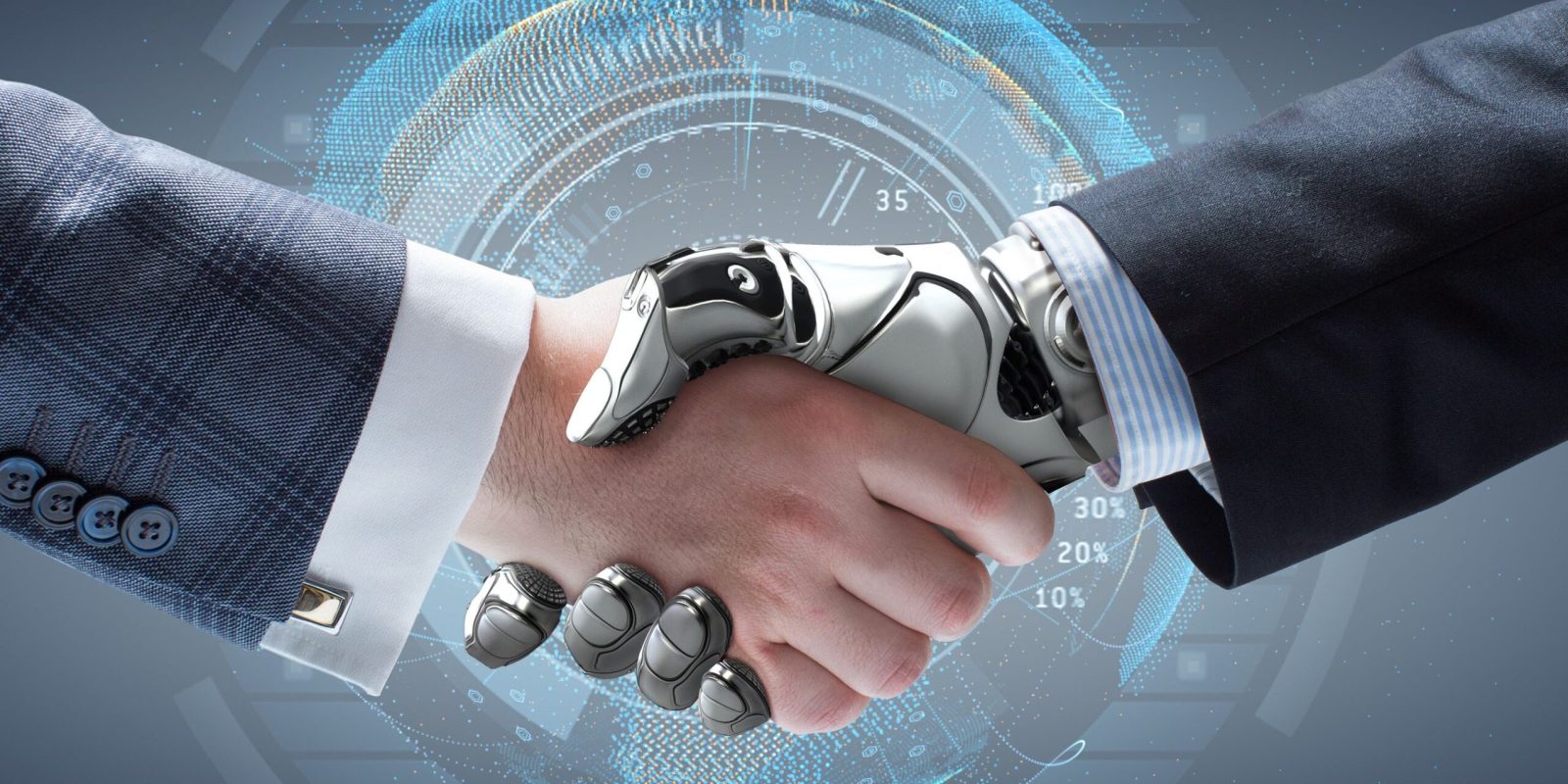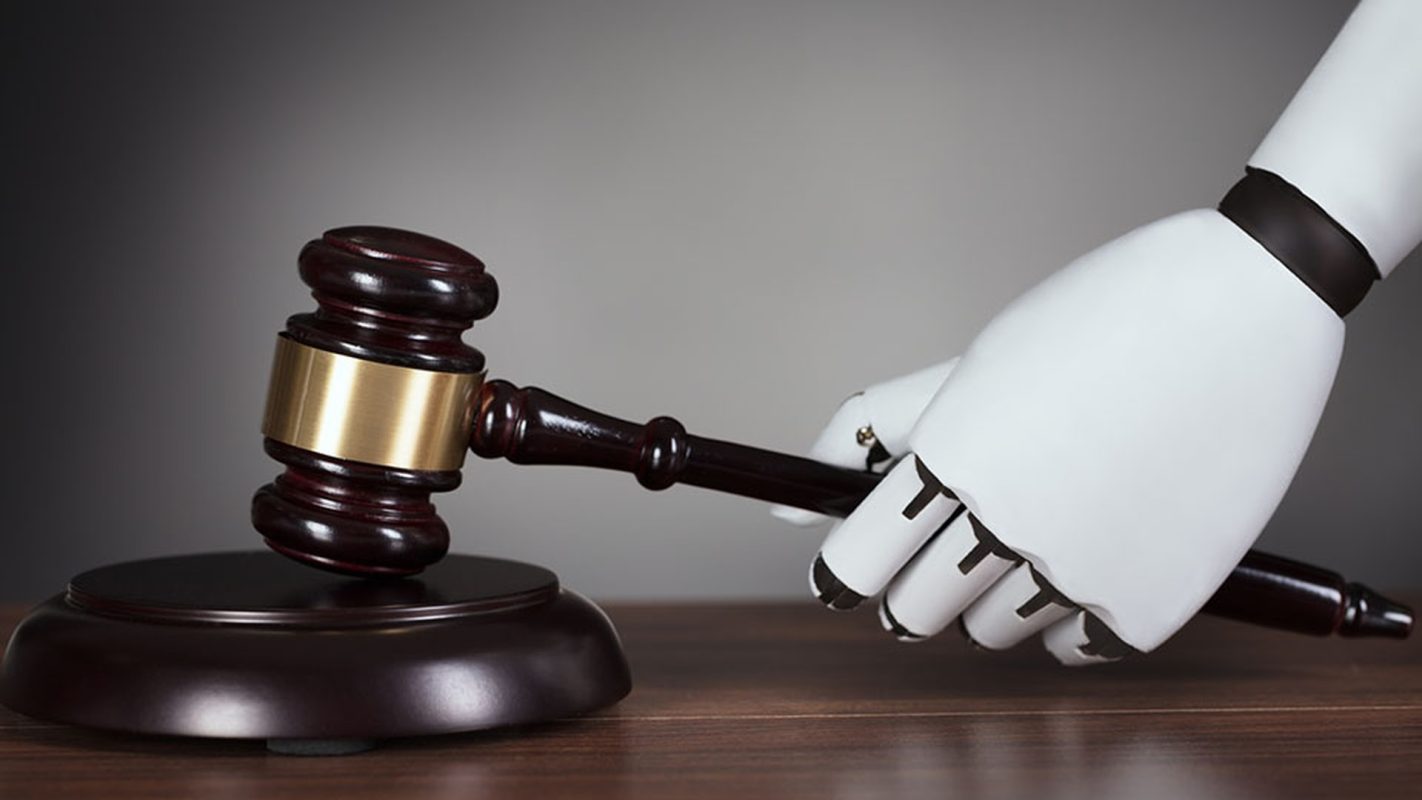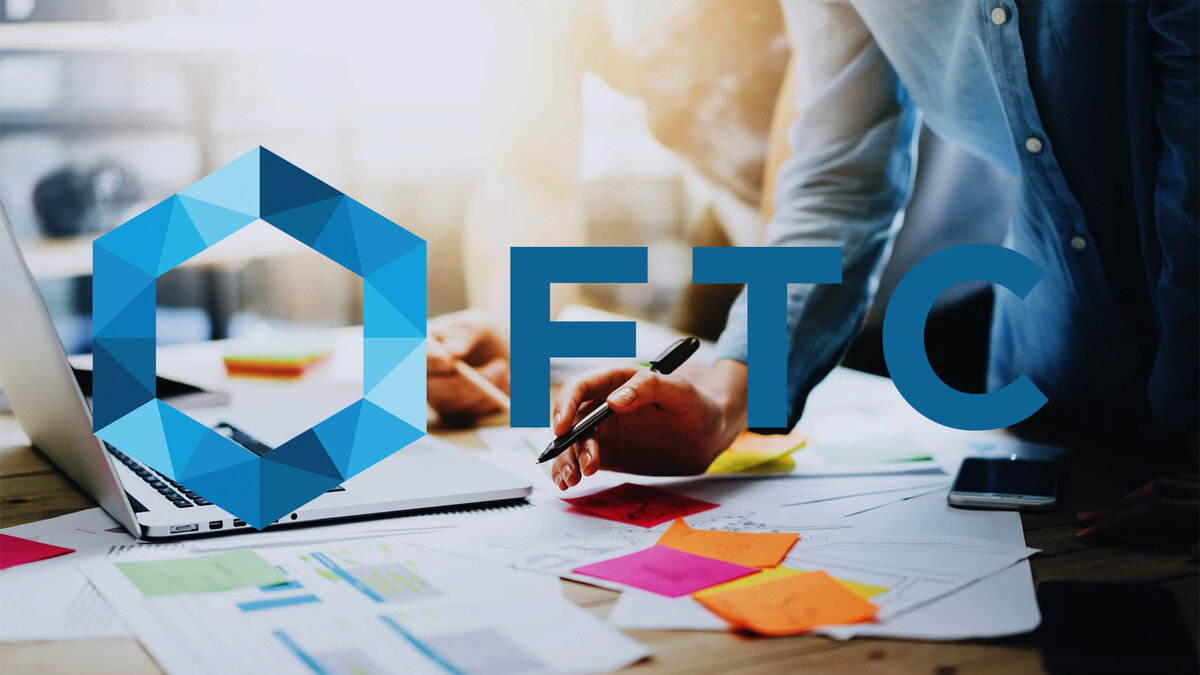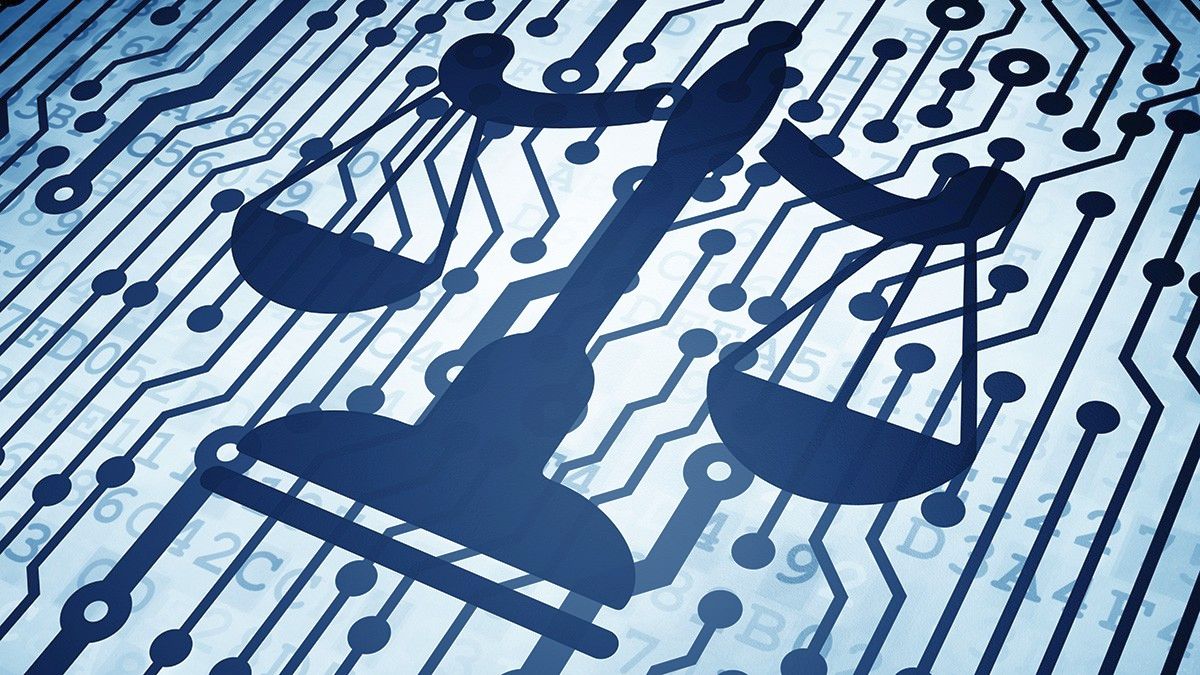The rapid evolution of technology has permeated various sectors, leading to revolutionary transformations in practices and workflows. In the realm of jurisprudence, these advancements bring forth a dual-edged sword, presenting both opportunities for enhancement and hurdles that require careful navigation. Enhanced efficiency and data-driven insights are balanced by ethical dilemmas and questions surrounding accountability.
As professionals seek to integrate innovative systems into their daily operations, they encounter a myriad of complexities. These novel tools promise to streamline processes and improve decision-making, yet also introduce uncertainties that provoke concern among practitioners. The intersection of traditional methodologies and evolving systems prompts a critical examination of established norms and raises pivotal queries about the future landscape.
Addressing this intricate interplay is essential to ensure that progress serves the interests of justice and fairness. By scrutinizing the implications of technological integration, stakeholders can better understand how to adapt and thrive in this new environment while preserving the integrity of their vocation. The conversation around these topics is not merely an academic exercise; it reflects a pressing need to reconcile innovation with foundational principles.
Impact of AI on Legal Decision-Making
The integration of advanced computational systems into judicial processes has initiated a paradigm shift in how decisions are made. While this transformation brings potential efficiencies, it also raises important questions regarding accountability, fairness, and the traditional role of human oversight.
Benefits of Computational Systems
- Enhanced data analysis capabilities allow for quicker and more accurate assessments of case law.
- Automation of routine tasks reduces the administrative burden on professionals, enabling them to focus on more complex issues.
- Predictive analytics can assist in forecasting outcomes based on historical data, potentially informing strategic decisions.
Concerns Regarding Ethical Implications
- The risk of bias in algorithms, which could perpetuate existing inequalities within judicial outcomes.
- The need for transparency in how computational tools arrive at conclusions, ensuring that decisions can be scrutinized.
- Potential erosion of personal judgment, as reliance on technology may diminish critical thinking and nuanced reasoning.
This emerging reliance on computational systems represents both an opportunity and a challenge, prompting ongoing discussions about the future trajectory of decision-making in this realm.
Ethical Dilemmas in AI Utilization
The rise of advanced computational systems has introduced a series of moral concerns that professionals must confront. These technological tools possess the potential to transform traditional practices; however, their implementation raises questions about fairness, transparency, and accountability. Stakeholders need to navigate these complexities to ensure that innovation does not compromise ethical standards.
Key Ethical Concerns
As reliance on sophisticated algorithms increases, several significant issues emerge:
| Concern | Description |
|---|---|
| Bias | Inherent prejudices within datasets can lead to skewed outcomes, undermining equality. |
| Transparency | Understanding how decisions are made by these systems is often obscured, complicating trust. |
| Accountability | Determining responsibility for errors or biases in outcomes can be challenging. |
Finding a Balance
The quest for a balanced approach is essential. Stakeholders must establish frameworks that ensure the responsible use of cutting-edge technologies while safeguarding ethical principles. Continuous monitoring and evaluation mechanisms are crucial to adapt to evolving challenges and maintain integrity within the profession.
Automation and Job Displacement Concerns
The rise of advanced technologies in various industries has sparked significant discussions about potential job losses and shifts in employment dynamics. The introduction of automated systems capable of performing tasks traditionally managed by trained professionals raises pressing questions about future career landscapes and the sustainability of existing roles.
Economic Impact of Automation
As machines increasingly take over routine functions, many professionals worry about their job security. Studies indicate that sectors reliant on repetitive tasks may experience substantial reductions in workforce numbers. This trend can lead to increased unemployment rates, economic instability, and a workforce that struggles to adapt to new demands necessitated by technological advancements.
Skills Adaptation and Reskilling Initiatives
To mitigate the effects of displacement, a focus on skill enhancement is crucial. Individuals must engage in continuous learning and development to remain relevant as their environments evolve. Employers and educational institutions have a pivotal role in facilitating programs that promote adaptability, ensuring that professionals can transition into new roles requiring a different set of competencies.
The future may demand a collaborative approach, where human expertise complements automated tools rather than competes against them. Emphasizing this synergy could lead to innovative opportunities, fostering a workforce that thrives in tandem with technological progress.
Challenges in AI Data Interpretation
Understanding data produced by advanced algorithms presents a range of complexities that can significantly impact decision-making processes. These interpretations often depend on the integrity and context of the information processed, raising concerns about reliability and accuracy. Misunderstandings or misapplications of data can lead to critical mistakes in judgement and strategy.
One key issue involves the potential for bias embedded within datasets, which can skew outcomes and lead to inequality. When historical data reflects prejudiced practices or biases, the resulting analyses may perpetuate these same disparities, undermining efforts toward fairness and impartiality.
Another pertinent factor is the challenge of distinguishing between correlation and causation in complex datasets. Automated systems may identify patterns that are coincidental rather than causative, which can mislead practitioners in their evaluations and conclusions.
Furthermore, the opacity of certain algorithms creates difficulties in tracing how decisions are made, often referred to as the “black box” problem. This lack of transparency raises questions about accountability and trust in the tools employed.
Finally, the rapid pace of technological advancement means that continuous learning and adaptations are essential. Specialists must stay informed about emerging technologies and their implications, which can be a significant strain on existing resources and personnel.
Regulatory Frameworks for AI in Law
Establishing governance structures for advanced technologies is essential to ensure ethical deployment within professional realms. These frameworks serve as guidelines to promote accountability, transparency, and fairness, aiding in the integration of sophisticated systems into established practices.
Key Components of Regulatory Structures
- Compliance Standards: Establishing clear benchmarks that technology providers must meet to ensure safety and reliability.
- Ethical Guidelines: Defining moral principles that govern the use of these systems, prioritizing user rights and data privacy.
- Monitoring Mechanisms: Implementing oversight processes to evaluate the performance and impact of technology continually.
- Stakeholder Engagement: Encouraging participation from various parties, including developers, professionals, and clients, to cultivate a multifaceted understanding of evolving needs.
International and National Approaches
- Global Initiatives: Numerous organizations advocate for universal standards, promoting best practices across borders.
- Regional Regulations: Specific jurisdictions may impose unique requirements tailored to local customs and values.
- Collaborative Frameworks: Partnerships among government entities, academia, and private sectors can produce comprehensive strategies addressing contemporary issues.
As these governance structures evolve, continuous adaptation will be necessary to keep pace with technological advancements while safeguarding societal interests.
Future of Human Roles in Legal Sector
The evolving landscape of technology is likely to reshape professional functions within the domain of law. As automated systems and advanced algorithms become more prevalent, the engagement of human expertise will undergo significant transformation. This prompts a reevaluation of how individuals contribute to the practice, ensuring that their unique skills are effectively utilized alongside emerging innovations.
While automation may handle repetitive tasks and data analysis, the human element remains crucial for nuanced decision-making and emotional intelligence. Professionals will need to adapt to new responsibilities, focusing more on strategic problem-solving and client relationships. Roles may evolve to emphasize advisory capacities rather than traditional transactional duties, facilitating deeper insights into complex legal matters.
Furthermore, collaboration between humans and advanced systems could lead to enhanced efficiency and accuracy. Embracing technology not as a replacement but as an augmentation will allow practitioners to deliver superior service. As the environment evolves, ongoing education and adaptability will be vital for success, fostering a service-oriented approach that prioritizes client needs and ethical standards.
Q&A: More judges lawyers confront pitfalls artificial intelligence
How is artificial intelligence currently impacting the roles of judges and lawyers?
Artificial intelligence is increasingly being integrated into the legal field, providing tools that assist both judges and lawyers in various tasks. For instance, AI systems can analyze vast amounts of legal documents, predict case outcomes based on historical data, and even assist in legal research by identifying relevant precedents more quickly than traditional methods. However, this presents challenges, as AI could change the nature of legal decision-making and may raise concerns about biases in algorithms, the quality of legal reasoning, and the potential for reduced human oversight in important judicial decisions.
What are some specific challenges that judges face when integrating AI into their work?
Judges face several challenges when integrating AI into the legal process. One significant issue is the concern about the transparency and reliability of AI algorithms. Judges need to ensure that the decisions made with the assistance of AI are fair and just, which can be difficult if the algorithms are not fully understandable or have inherent biases. Additionally, there are worries about over-reliance on AI, which might lead to the erosion of judicial discretion and human judgment. Balancing the efficiency AI brings against the necessity of maintaining human oversight is a pressing challenge for judges today.
How are lawyers adapting to the introduction of AI technologies in their practices?
Lawyers are adapting to the introduction of AI technologies in various ways. Many firms are investing in AI tools to streamline administrative tasks such as document review, contract analysis, and billing processes. This allows lawyers to focus more on complex legal work and client interaction. However, this adaptation requires lawyers to upskill and become familiar with new technologies, which can be daunting for some. There are also concerns about how AI might change client expectations, as clients increasingly seek faster and more efficient legal services. Overall, while the integration of AI promises increased efficiency, it also necessitates a learning curve for legal professionals to effectively leverage these technologies in their practices.
What ethical concerns arise from using AI in the legal field?
The use of AI in the legal field surfaces several ethical concerns, one of which is the potential for bias in AI algorithms. If the training data used to develop these systems includes biased information or reflects existing inequalities, the AI’s recommendations and predictions may perpetuate these issues, impacting justice outcomes. Additionally, there are questions about accountability; if an AI system makes a flawed prediction that affects a legal case, who is responsible for that mistake? Furthermore, the potential loss of confidentiality in legal matters due to data breaches poses significant risks. Ensuring that AI use is ethical involves rigorous oversight, transparency, and continual assessment of how these technologies are developed and applied within the legal framework.
What challenges are lawyers facing when using AI tools like ChatGPT in legal cases?
Lawyers confront pitfalls of artificial intelligence when using AI tools like ChatGPT in legal cases. A key challenge is that AI can generate fictitious cases, as seen when an attorney cited nonexistent cases made up by ChatGPT. As a result, judges in Texas and other states are issuing rules for attorneys using generative artificial intelligence, requiring them to certify the accuracy of court filings and disclose whether AI was used.
How are federal judges responding to the use of generative AI in court filings?
At least four federal judges have recently issued orders governing how attorneys with cases before them use AI. Judges are concerned about the perils of artificial intelligence spilling into the courtroom, prompting them to require lawyers to disclose whether AI was used for court filings and to certify that all information is accurate. This effort aims to prevent errors like citing fictitious cases generated by AI tools like ChatGPT.
What was the outcome of the case involving a lawyer who unknowingly cited AI-generated cases?
In one case, a lawyer inadvertently cited cases made up by ChatGPT, leading to serious legal repercussions. The district judge overseeing the case issued orders governing the future use of AI in the courtroom. This case echoes another in New York, where a local attorney cited nonexistent cases generated by ChatGPT, highlighting the potential risks of using AI tools for legal research without proper verification.
What actions are courts taking to address the risks of AI in legal practice?
Courts are taking preventative action by issuing rules and requiring lawyers to reveal whether a specific AI tool was used for legal research. Judges are also issuing orders for attorneys to certify the accuracy of court filings that involve AI. For instance, the Court of International Trade ordered lawyers to disclose whether AI was used, while other courts have similarly mandated disclosures to avoid reliance on fictitious information.
How has the use of generative AI impacted legal ethics and court procedures?
The use of generative artificial intelligence has raised significant concerns about AI ethics in legal practice. Lawyers using the technology face scrutiny from judges who are issuing rules for attorneys using AI, requiring them to verify every citation and ensure no fictitious cases are included. Law firms are now more cautious about using tools like ChatGPT, as courts emphasize the importance of accuracy and transparency in AI-generated legal work.






